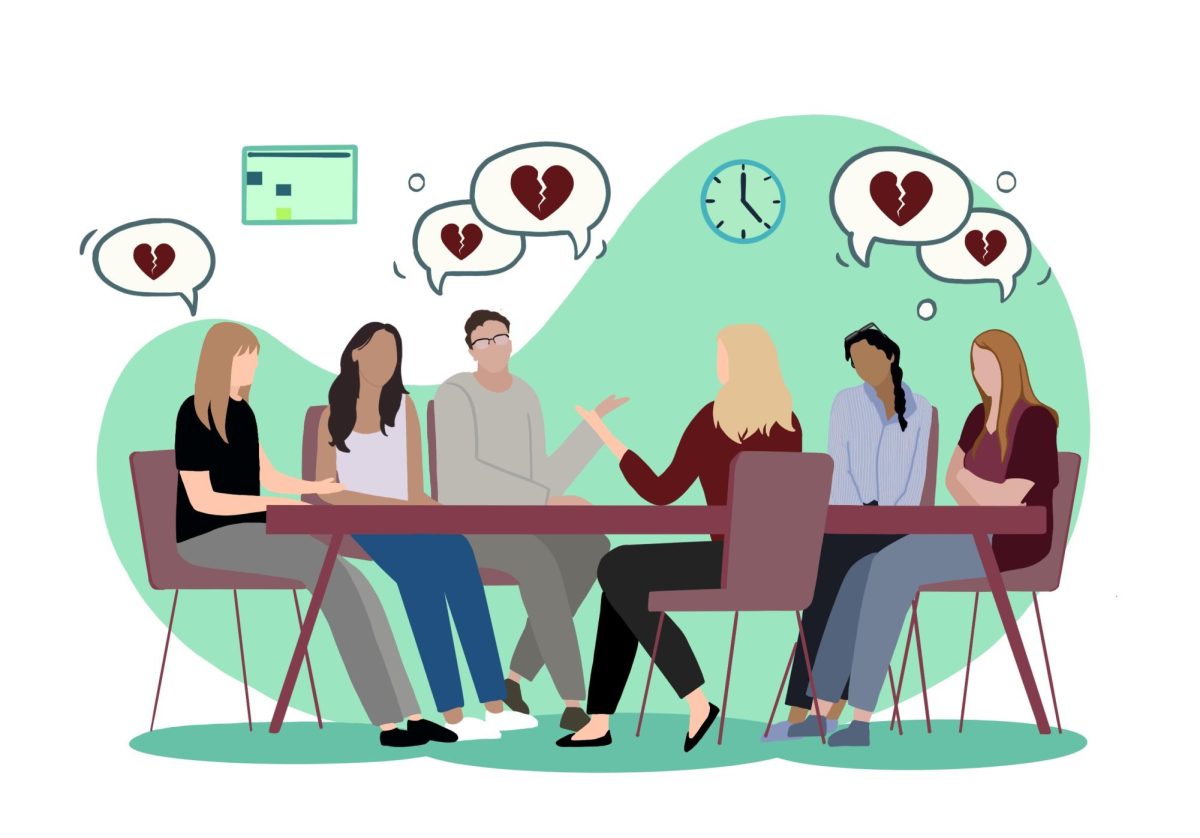There seems to be some hypocrisy within the American prison system. We incarcerate more people than any other country in the world, all in the name of public safety (or at least, that’s what some people say to justify these actions). However, for a country that places such heavy emphasis on the importance of safety, where is the concern for our inmates when one of the deadliest viruses of all time rips apart the world?
I’m not going to open the whole can of worms about whether someone who is incarcerated should be classified as a citizen and have the same rights as someone who has never been to prison. There shouldn’t be a debate: Incarcerated people should have the right to vote and continue their democratic roles any citizen is promised. Incarcerated people are citizens, which means they should be receiving the same care the general public is getting regarding COVID-19 safety procedures. But is this the case?
As of Feb. 2, 372,583 people in prison have contracted the coronavirus, with a reported 2,359 of those cases resulting in death, according to The Marshall Project. In Minnesota alone, 2 in 5 prisoners have tested positive for COVID-19. Proportionally, that is 5.3 times more positive cases when compared to Minnesota overall. How does this happen? Obviously, a huge contributor to the spread is the inability to properly social distance in a confined holding cell or prison.
Additionally, there is the fact that all prisons are staffed with people going in and out of the prison every day. On average, prisons are staffing around 10 officers for every 33 prisoners; so, if you have a prison like Minnesota Correctional Facility in Lino Lakes, which houses 1,300 incarcerated adults, you have about 394 officers stationed at that prison. Then, we have to consider that visitors can also bring in COVID-19. Currently, Minnesota Correctional Facilities allow in-person visits for family and friends, but they have to be under reservation, and all guests are required to wear masks.
Another critical and overlooked factor is the lack of care and treatment prisoners are receiving. In October 2020, Donte Westmoreland contracted the coronavirus while serving time at Lansing Correctional Facility. Westmoreland described how he was in a room with other COVID-19 victims and felt as though he had been given a death sentence.
“People are actually dying in front of me off of this virus,” he said. What’s more, many incarcerated people report that some prisons continue to transfer inmates from different prisons, inviting the possibility of the virus to spread to a new group of people.
Incarcerated people, folks who are already disregarded as pariahs in our society, are somehow miraculously being further ostracized, more than before the virus struck our country. (Only America can pull off such a remarkable feat as this.) So, what are prisons doing to combat these COVID-19 cases?
Unfortunately, there is no universal policy, so it really depends on the state and local governments’ decisions. In Minnesota, prisons are given masks for both the incarcerated and staff. The correctional facility in Lino Lakes requires that staff wear their masks at all times and inmates wear them outside of their cells. This policy is actually pretty close to the norm for every correctional facility listed on the Minnesota Department of Corrections website.
While it is reassuring to hear that masks are being distributed, it’s evident that this isn’t enough. Incarcerated people are continuing to die at disproportionate levels. When the pandemic first started, a lot of people compared nursing home situations to that of prisons: many people confined to small living spaces. However, nursing homes are at the front of the line for vaccines, but where will the incarcerated fall on that list? It will all come down to politics, … which historically has never been favorable to those who are incarcerated, according to NPR.
The pandemic has managed to bring to light the true colors of people, institutions and countries. Unfortunately, it continues to highlight just how fundamentally broken our prison-industrial system is. Even before the coronavirus upended our world, incarcerated people were already far more vulnerable to illnesses than the general population and were subjected to improper rehabilitation in inhumane prisons.
Now, almost a year into the pandemic, incarcerated folks continue to receive the short end of the stick and do not seem to be getting any better treatment or help. I don’t know what it will take for people to finally start treating the incarcerated like human beings. Our country’s leaders believe in freedom and equality for all yet never extend that olive branch to the incarcerated. How hypocritical.














